Integral to architecture and design is capturing the finished project through the lens and the expert eye of the photographer. In a new series, The Photographers, we present those whose professional life involves exactly that.

October 20th, 2023
The men and women profiled belong to the Image Makers Association of Australia, an organisation that has partnered with the 2023 INDE.Awards in two new categories this year, The Photographer – Commercial and The Photographer – Residential.
We explore what makes each of these photographers tick, how they began their careers and why they chose to pursue architecture and design as their subject, as well as finding out a little more about them and their craft.
Today we profile Mark Syke.
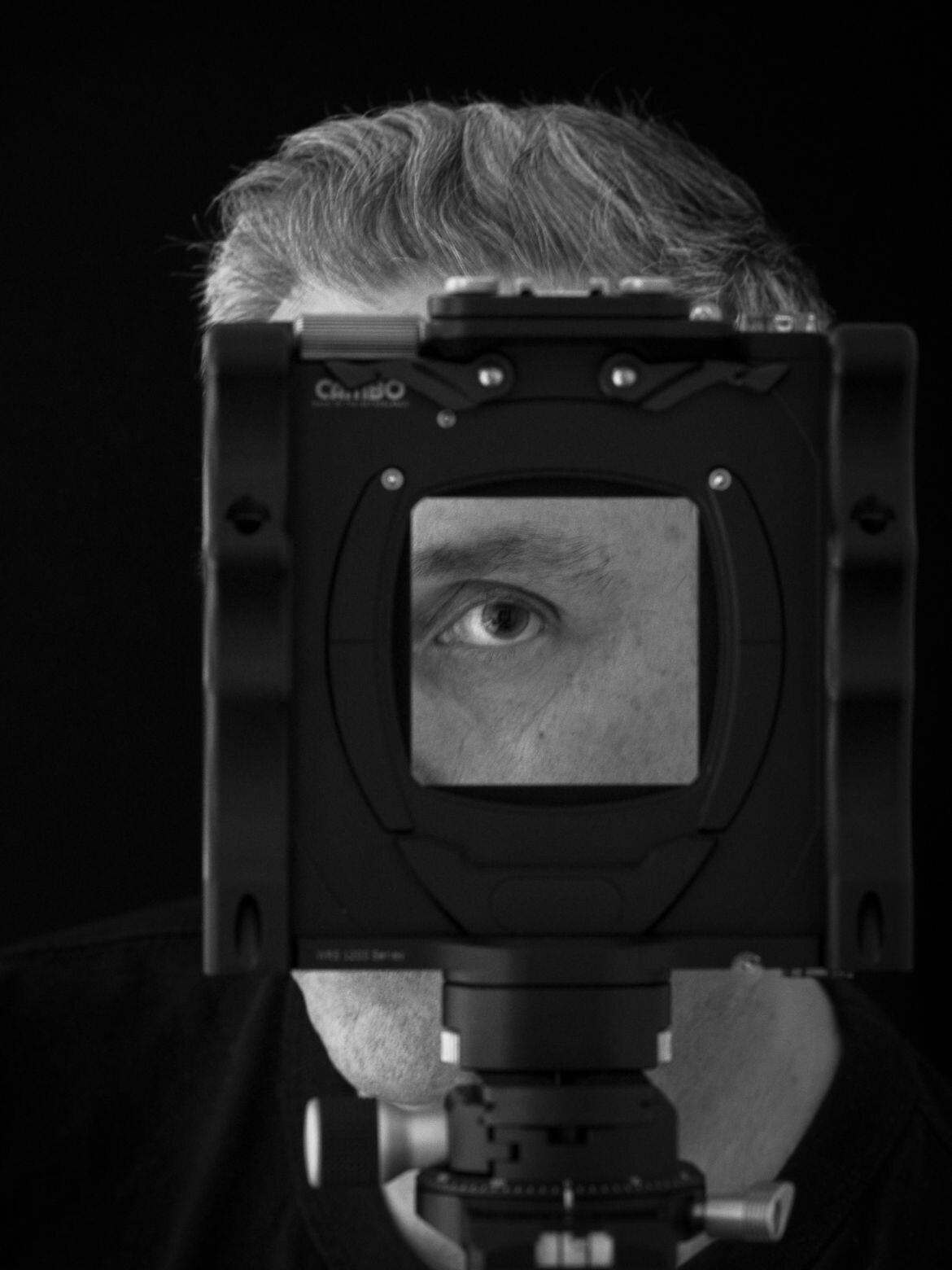
Indesignlive: How did you come to photography?
Mark Syke: I became a professional photographer much later than most and after a career in the urban development space. I have no formal education as an architect or photographer, though I have for as long as I can remember had a strong interest in both. I did not choose architecture as a profession for whatever reason when such life decisions need to be made – despite being in a somewhat average rock band with two architecture students at the time!
I am instead doing a George Costanza: ‘You know I always wanted to pretend I was an architect!’ To photograph architecture and ‘hang around’ with architects was the next best thing for me.
Related: Shannon McGrath in profile

How do you see the role of the photographer in architecture and design?
Architectural photography is much more than simple documentation. The photographer should get to the concept. The photographs should interpret and communicate the original design concept and ideas. From the big picture to the details, the built form and materiality to the use and experience and do this with pictures that are also beautiful.
More than the what and where. Do the photographs also capture the why and how? What was the thinking behind the architecture we see before us and how have the original ideas been realised?
Put into design speak, the photographer must set aside the design documentation and communicate the concept with a deliberate focus.
Decisions on composition are paramount. What is not included is as important as what is. Extraneous or superfluous elements that distract rather than contribute to understanding the conceptual ideas should be excluded or minimised.
I think this quote from Julius Schulman articulates the important role of the photographer and photographs: “Architects [and designers] live and die by the images taken of their work; as these images alone are what people see. For every one person who visits a project, there may be ten thousand who only view it as a photo.”
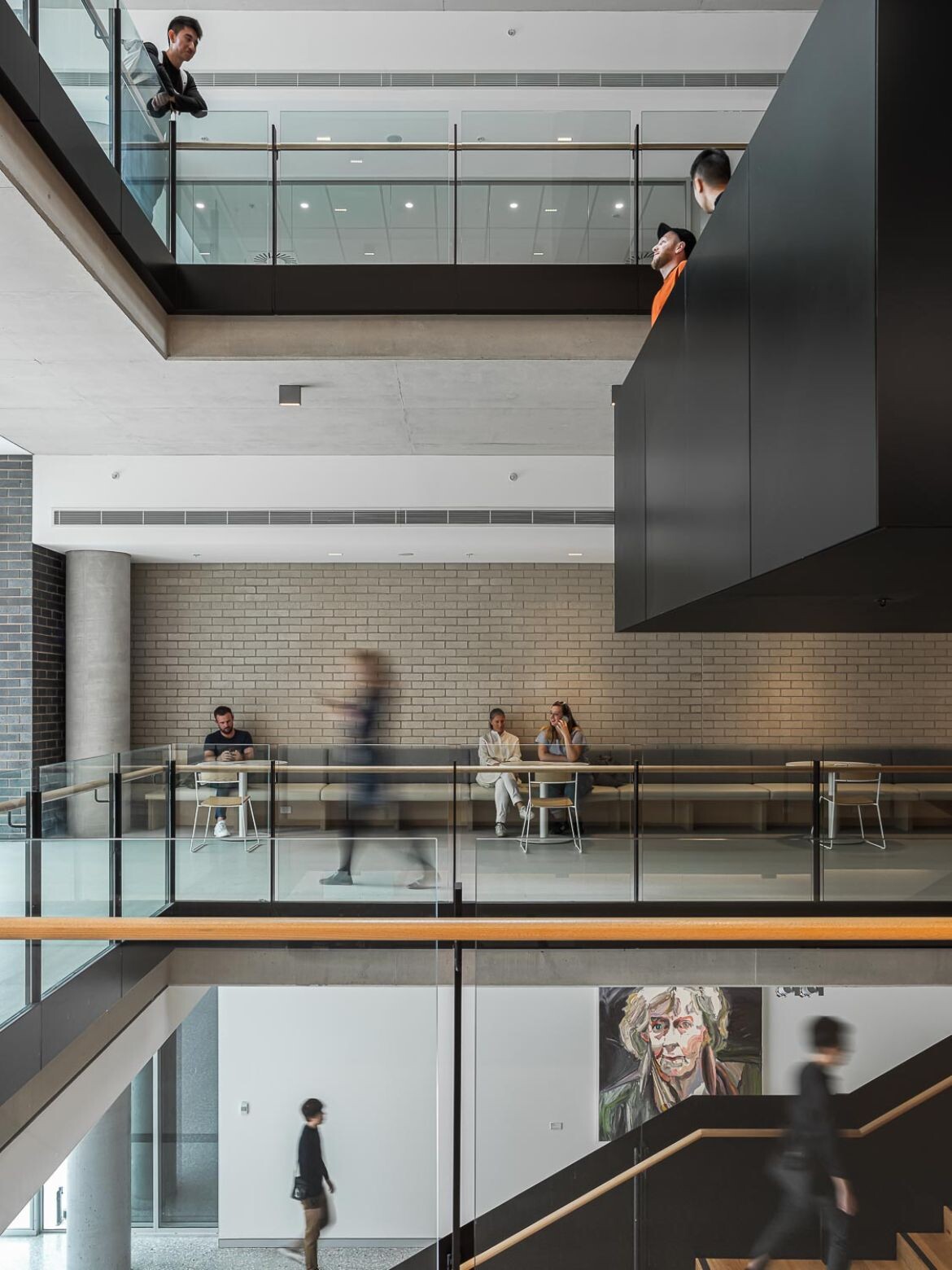
What advice would you give to someone just commencing in the profession as an architecture and design photographer?
Build a portfolio first, shooting public buildings wherever you can get access. Do not underestimate the business side of being a professional photographer. Patience and perseverance. Establishing and maintaining a successful business is a long process.

What do you most enjoy about your profession?
Being creative while working with and helping other creatives showcase their work.
What drew you to focus on architecture and design?
My fascination with cities and the built environment started in high school where my favourite subject was urban geography, which I went on to study at university. This continued through my early career in urban development and working closely with architects reinforced my interest and focus on architecture and design. My photography has always followed the same path.
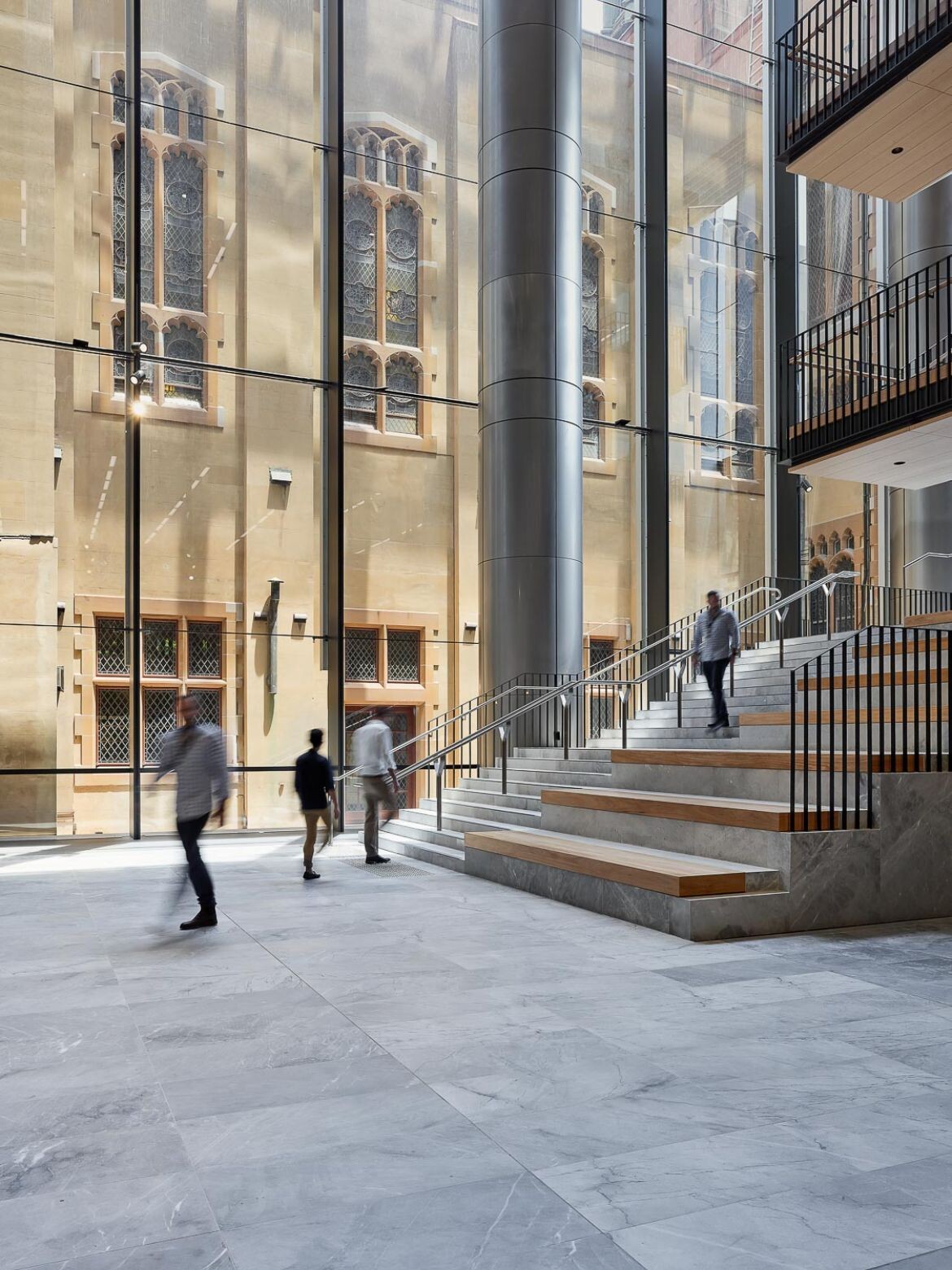
What equipment do you use what is the most important item?
Too much! I use two main medium format camera setups. A Fujifilm GFX100S with Nikon perspective control lenses. And a Cambo technical camera with Phase One digital back and Rodenstock and Schneider lenses. I use these on a Gitzo tripod with geared centre column and an Arca Swiss Cube geared tripod head. Being able to maintain straight verticals is critical and the equipment I use in combination enables this.
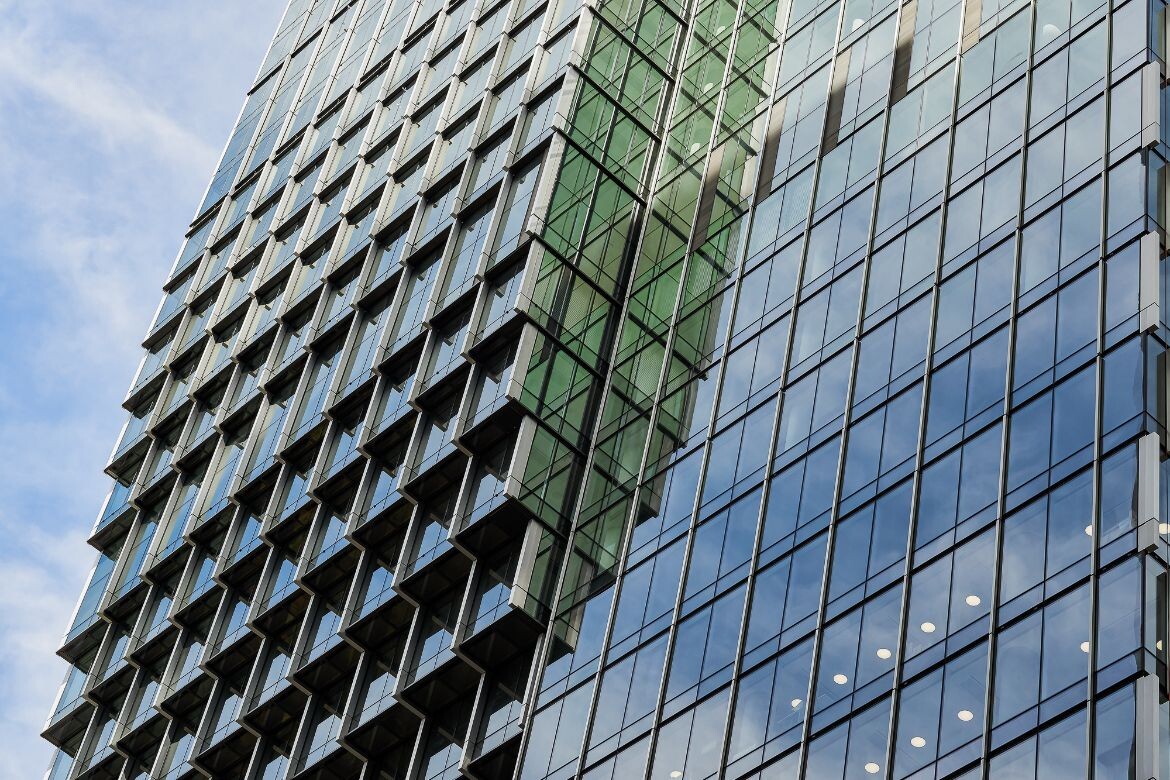
Are there other areas of photography that you pursue in your spare time?
I also create personal themed photographic series for exhibition and print sales. Much of this personal work has a built environment theme but I do on occasion like landscape and street photography. I also do the occasional portrait.
Do you have other pursuits or hobbies beside photography that you would like to share with us?
Music. Drums in particular.
Find out more about and follow Mark on Instagram @msphoto.au.
Mark Syke Photography
msphoto.au




INDESIGN is on instagram
Follow @indesignlive
A searchable and comprehensive guide for specifying leading products and their suppliers
Keep up to date with the latest and greatest from our industry BFF's!
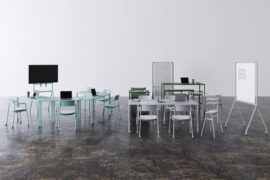
Welcomed to the Australian design scene in 2024, Kokuyo is set to redefine collaboration, bringing its unique blend of colour and function to individuals and corporations, designed to be used Any Way!
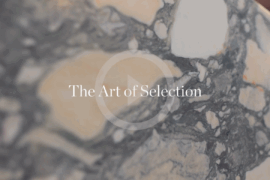
CDK Stone’s Natasha Stengos takes us through its Alexandria Selection Centre, where stone choice becomes a sensory experience – from curated spaces, crafted details and a colour-organised selection floor.

The World Architecture Festival has named The Holy Redeemer Church and Community Centre of Las Chumberas in La Laguna, Spain as World Building of the Year 2025, alongside major winners in interiors, future projects and landscape.

The Minns Labor Government has unveiled nine new architect-designed mid-rise apartment patterns, expanding the NSW Housing Pattern Book and accelerating the delivery of accessible, high-quality housing across the state.
The internet never sleeps! Here's the stuff you might have missed

BVN’s Sirius Redevelopment has been named one of two joint winners of The Building category at the INDE.Awards 2025. Celebrated alongside Central Station by Woods Bagot and John McAslan + Partners, the project reimagines an iconic Brutalist landmark through a design approach that retains heritage while creating a vibrant, sustainable future for Sydney.
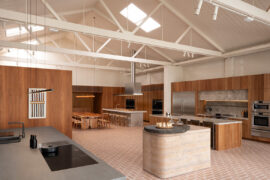
The Fisher and Paykel Melbourne Experience Centre by Clare Cousins Architects with Fisher and Paykel Design and Alt Group has been awarded The Retail Space at the INDE.Awards 2025. As a winning project, it redefines the possibilities of retail architecture by creating an immersive, material rich environment shaped by place, culture and craft.